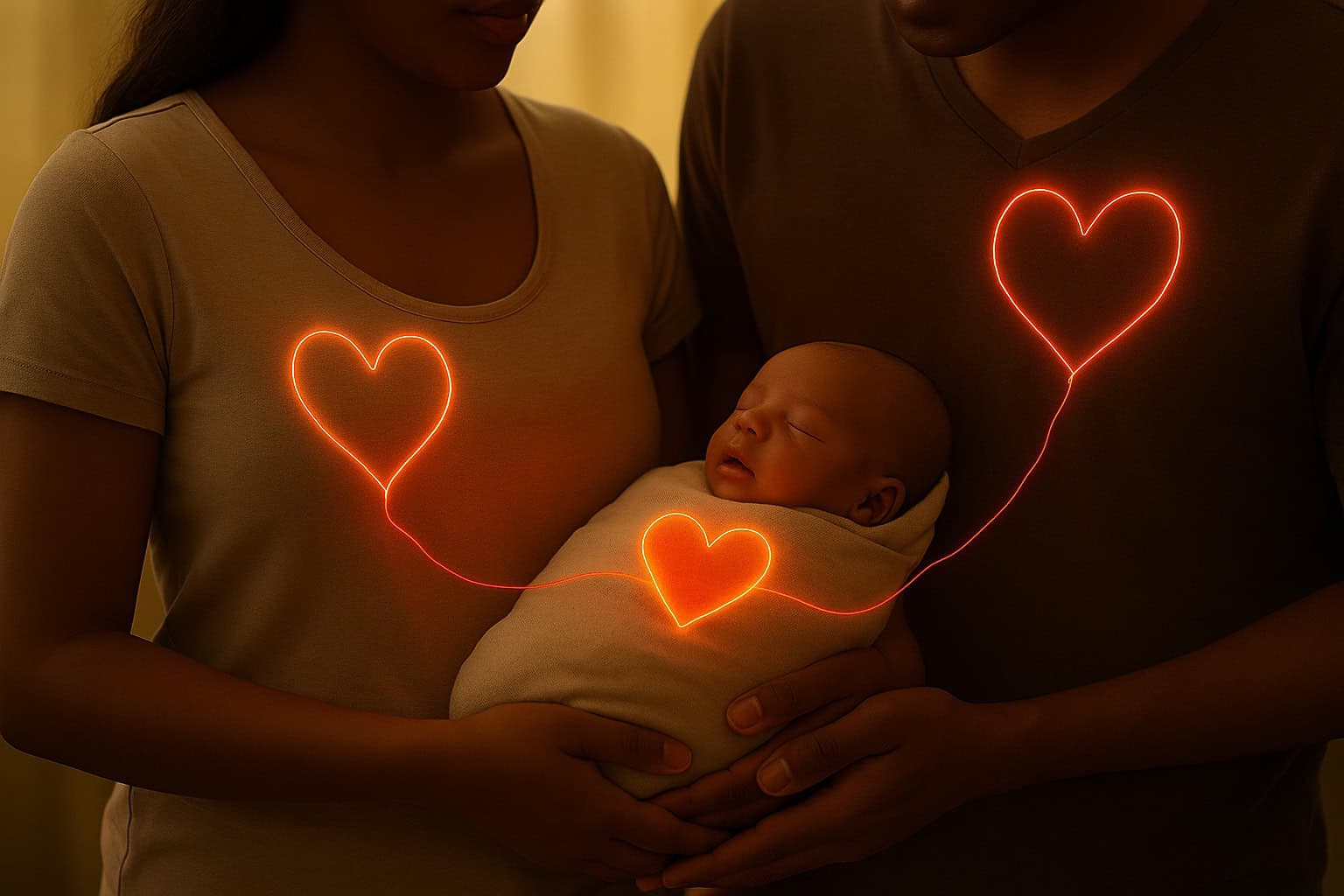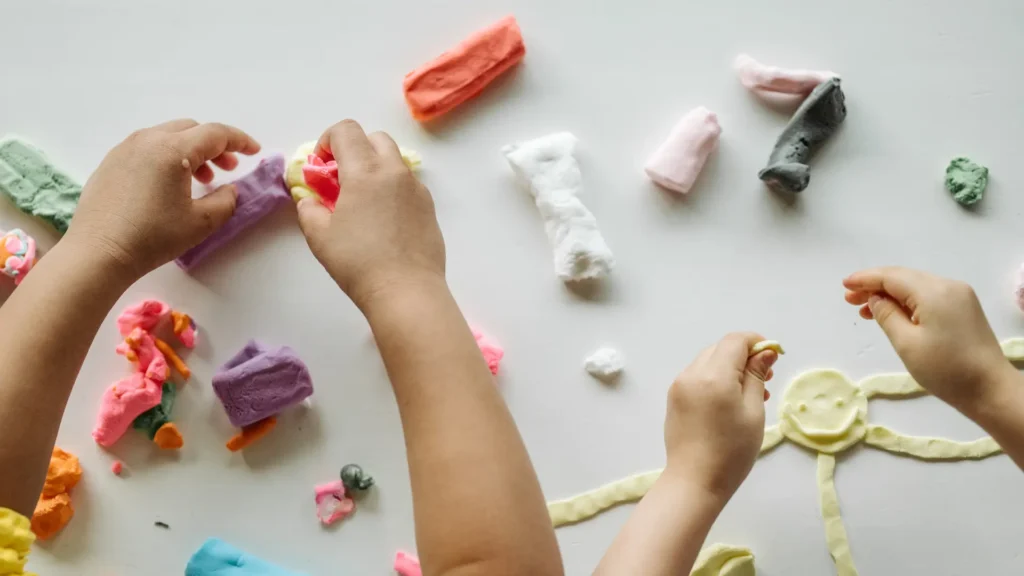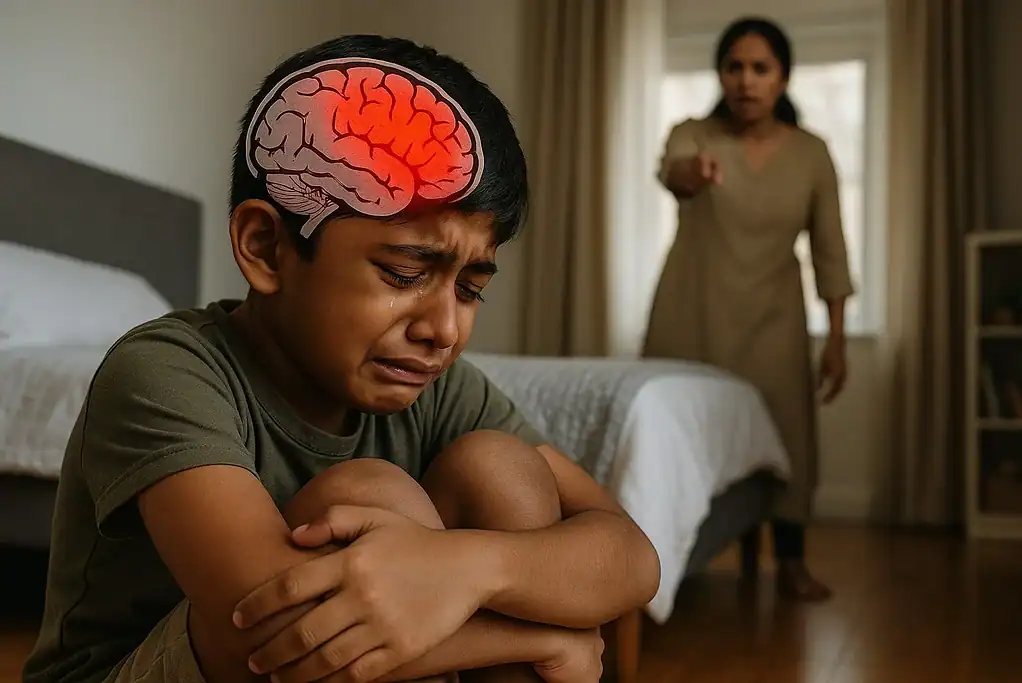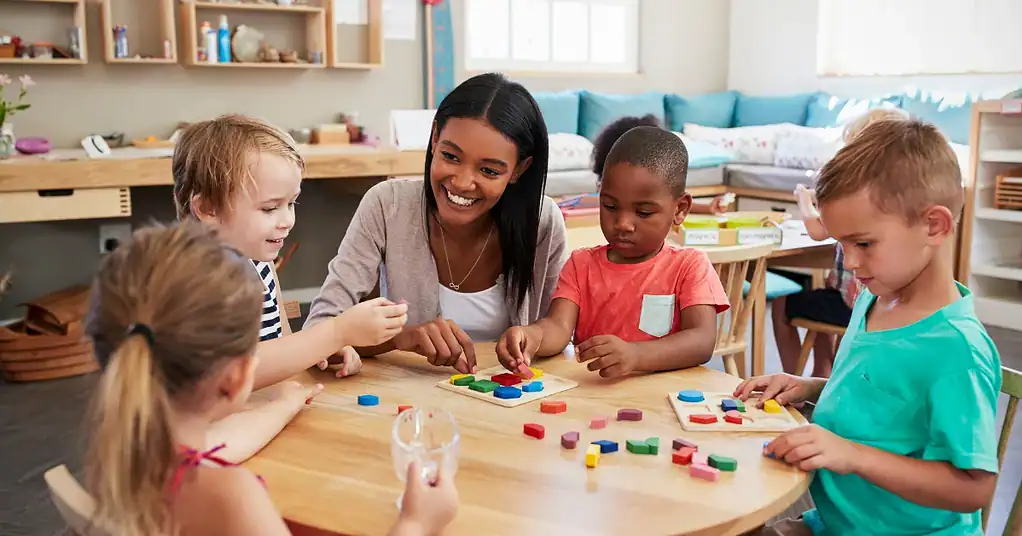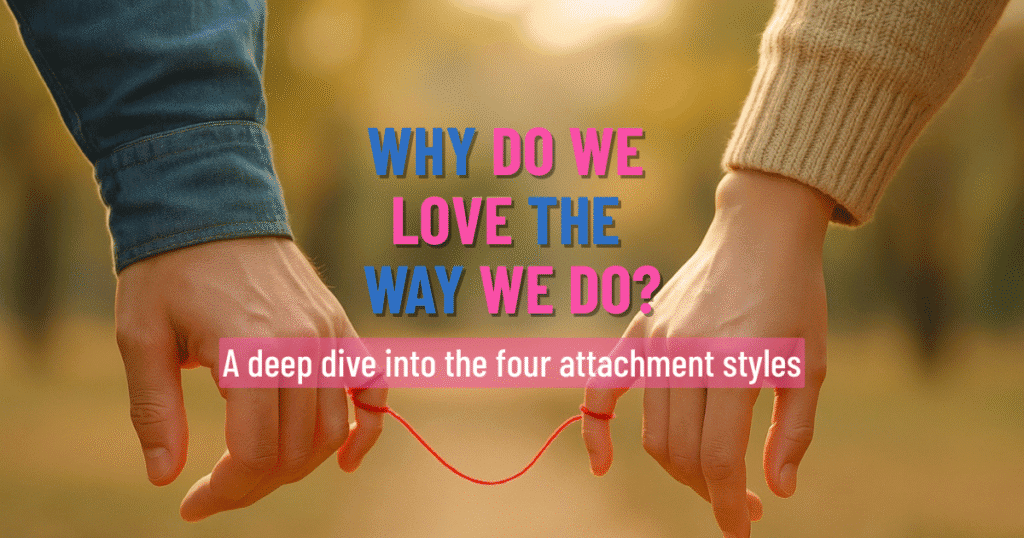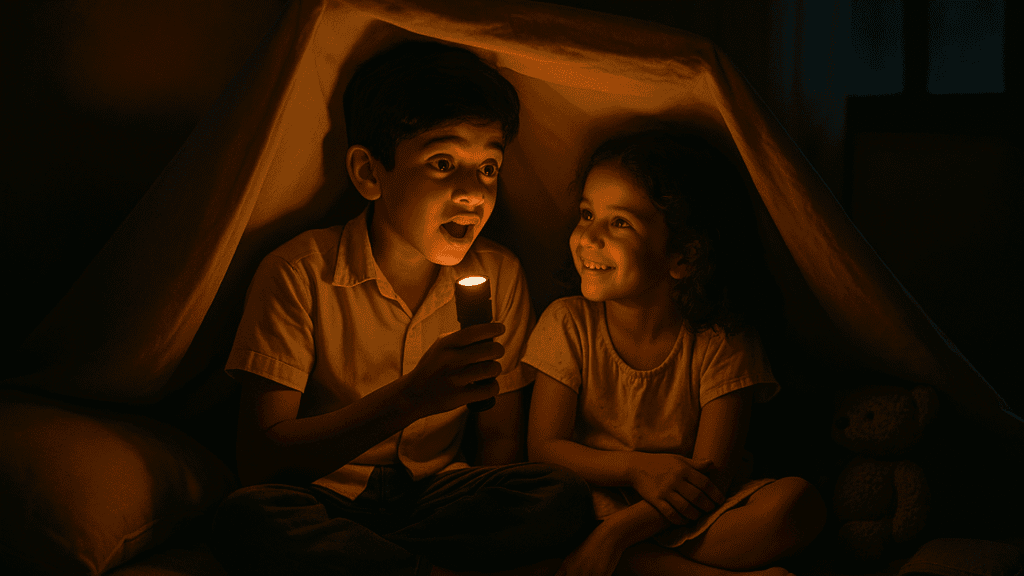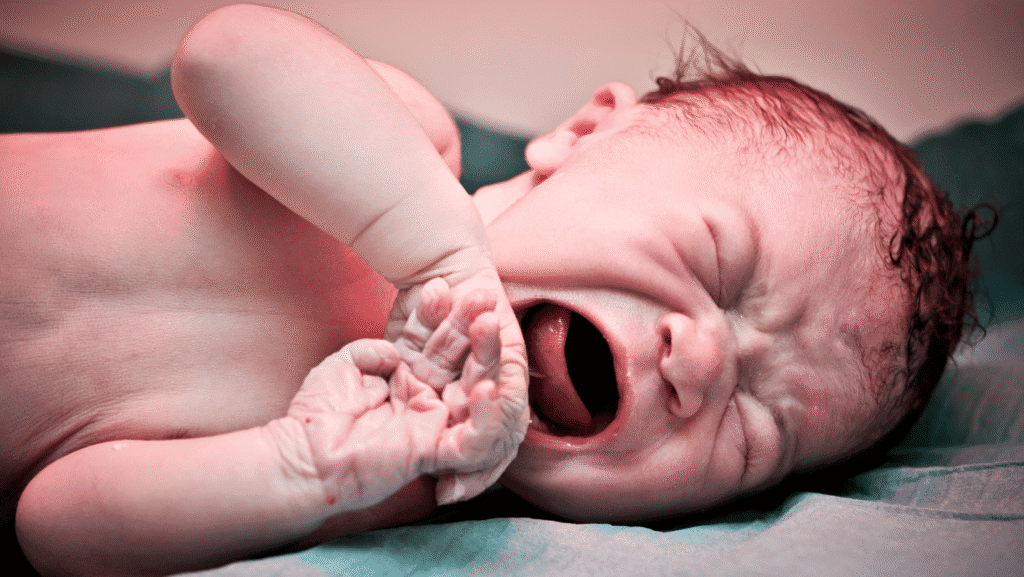Table of Contents
ToggleThe Invisible Blueprint of Human Development
From the moment a baby is born, every gaze, touch, and gentle sound becomes part of an invisible dialogue shaping the architecture of their being. Long before they speak a word, the language of attachment begins to write itself into the body, brain, and mind.
Attachment is not just an emotional bond; it’s a biologically driven emotional and behavioral process that activates us to seek connection in times of distress. It determines how a child learns to love, trust, calm, explore, and ultimately become who they are. It influences how they relate to others, see themselves, and perceive the world as safe or unsafe, nurturing or unpredictable.
When a caregiver responds with warmth and sensitivity, the child internalizes a powerful message: “I am safe, I am seen, I matter.”
This sense of safety becomes the foundation upon which every aspect of development stands, emotional, social, neurological, and cognitive.
But when safety is uncertain, the child’s system adapts for survival rather than connection. These adaptations, protective in childhood, later shape how they regulate emotions, form relationships, and learn.
To understand attachment is to understand how a human becomes.
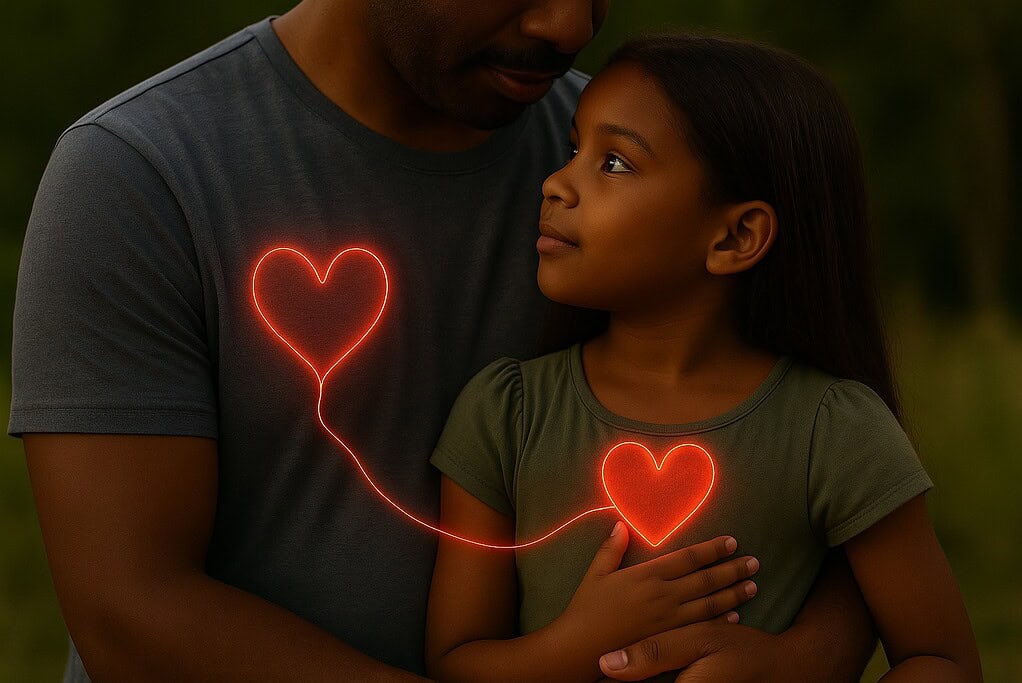
The Science of Connection
Attachment is the deep and enduring emotional bond that connects one human to another. It begins in infancy but echoes through a lifetime, influencing how we love, trust, and find safety within ourselves and others.
British psychiatrist John Bowlby observed that children are biologically wired to seek closeness with caregivers; to a baby, closeness equals survival. Later, Mary Ainsworth’s Strange Situation studies revealed how distinct attachment patterns, secure, avoidant, ambivalent, or disorganized, emerge from how caregivers respond to a child’s needs.
Consistent, attuned caregiving helps the child’s nervous system organize around safety. They learn that distress can be soothed and connection is reliable, the basis of secure attachment.
When care is inconsistent, intrusive, or rejecting, the child adapts to uncertainty by clinging, suppressing emotion, or staying vigilant. These are not flaws but intelligent survival strategies.
Over time, these experiences form Internal Working Models, unconscious templates about self, others, and the world:
- Secure: “I am worthy of love, and others can be trusted.”
- Insecure: “My needs are too much,” or “People disappear when I need them most.”
These models become the invisible lens through which a child experiences every relationship — with parents, teachers, friends, and later, themselves.
The Social and Emotional Impact
A child’s first relationship is with the world through their caregiver. Every look and tone teaches what emotions mean and whether it’s safe to express them.
Through this dance of connection, the child learns: “My emotions are understandable. I can feel and still be loved.”
This becomes the foundation of emotional regulation, built through countless moments of co-regulation until the child learns to self-soothe.
Securely attached children often display:
- Emotional awareness – understanding their feelings.
- Empathy – tuning into others’ emotions.
- Resilience – recovering from distress.
- Social competence – forming healthy peer relationships.
- Confidence – believing they can influence their world.
Insecure attachment, however, may lead to emotional imbalance: anxious children seek reassurance, avoidant ones suppress emotions, and disorganized ones alternate between closeness and withdrawal.
These early emotional templates ripple outward into social life, shaping how a child trusts, cooperates, and resolves conflict. Attachment becomes the emotional curriculum of childhood, a silent teacher behind every act of kindness and resilience.
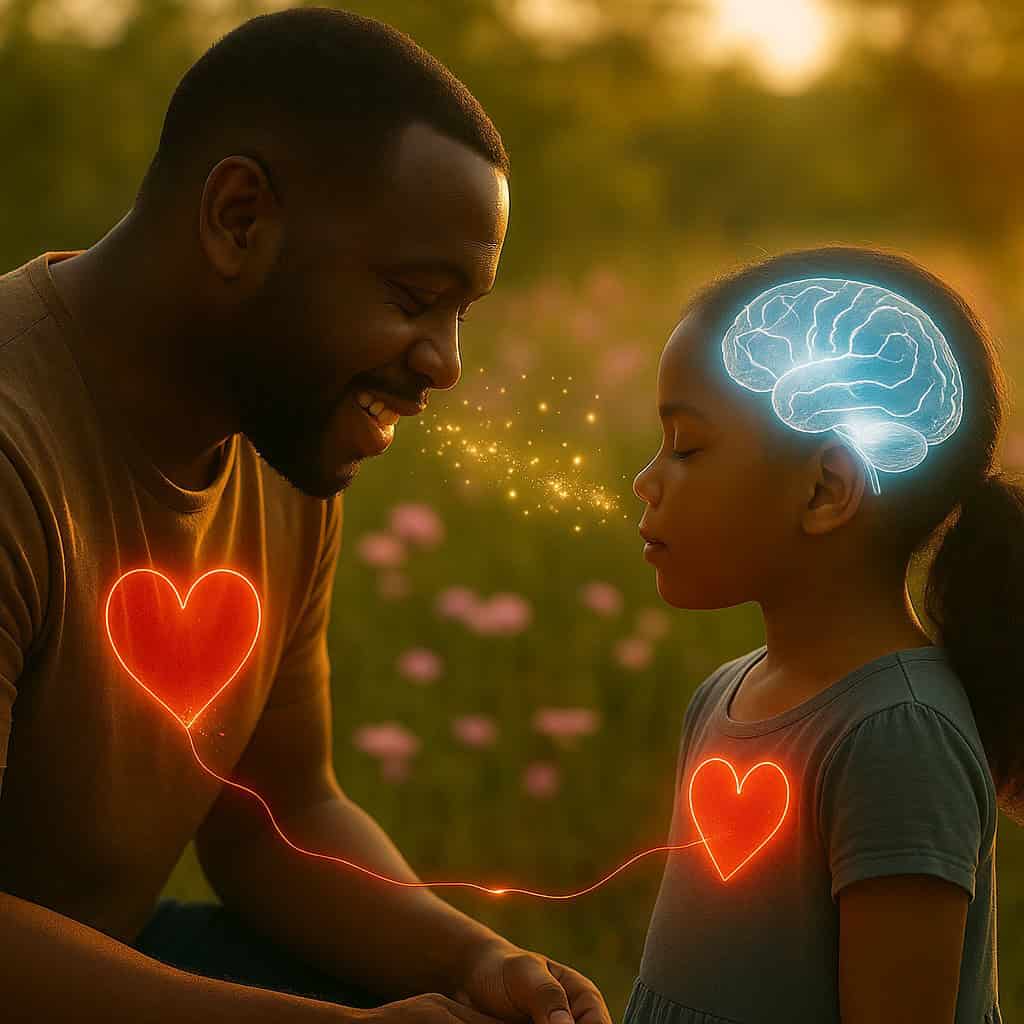
The Neurobiology of Attachment
Attachment lives not only in the heart but in the brain and nervous system. Every experience of safety or disconnection is translated into biological codes that shape how a child feels and relates.
During early childhood, the brain grows rapidly, wiring itself through relational experiences — what scientists call serve-and-return interactions. When a baby cries and a caregiver responds with warmth and eye contact, neural pathways for regulation and trust strengthen. The brain learns: “The world responds to me. I matter.”
Key systems involved:
- Limbic System – encodes emotional safety and threat.
- Amygdala – calms through repeated comfort, learning the difference between danger and discomfort.
- Prefrontal Cortex – develops self-regulation and empathy through co-regulation.
- Vagus Nerve – connects the brain to the heart, supporting calmness and balance.
Consistent attunement integrates these systems, forming a securely regulated nervous system. Inconsistent or frightening care can lead to chronic hyperarousal (anxiety, vigilance) or hypoarousal (emotional shut-down).
Attachment also lives in the body’s chemistry. Warm connection releases oxytocin, the bonding hormone that soothes stress, while chronic insecurity keeps cortisol elevated.
Thus, attachment is both emotional and physiological. When we nurture secure attachment, we sculpt the brain toward balance, resilience, and lifelong well-being.

The Development of Personality and Character
Personality is born from relationships. Every experience of being seen or unseen becomes the clay from which the child’s sense of self is molded.
Attachment is the first mirror through which the child sees who they are.
When caregivers reflect delight and acceptance, the message becomes: “I am lovable. I am enough.”
When the mirror is distorted through criticism or absence, the child learns: “I must earn love,” or “It’s safer to hide parts of me.”
Secure attachment fosters:
- Curiosity and confidence
- Empathy and compassion
- Integrity and honesty
- Resilience and adaptability
Insecure attachment shapes personality around protection: anxious children may become people-pleasers, avoidant ones over-independent, and disorganized ones conflicted between craving and fearing closeness.
These are survival strategies that, over time, crystallize into personality patterns.
Attachment also influences moral development: empathy grows from being empathized with, and respect from being respected.
From an Eriksonian lens, secure attachment supports early psychosocial tasks — trust, autonomy, and initiative, building a self rooted in confidence and moral strength.
Ultimately, attachment determines not just how a child bonds, but who they become.
Attachment and Learning
Before a child can learn, they must first feel safe. Emotional security is a biological prerequisite for curiosity and focus.
A securely attached child carries an inner message: “The world is safe enough to explore.” That message activates the brain’s exploratory system, fueling motivation and memory.
Insecure attachment redirects energy toward survival instead of discovery: anxious children seek reassurance, avoidant ones withdraw, and disorganized ones oscillate between engagement and overwhelm.
When safety is present, the prefrontal cortex (responsible for planning and reasoning) is active. When a threat is perceived, the amygdala takes over, attention narrows, and learning halts.
In short, a child cannot engage the thinking brain when the feeling brain is in distress.
Teachers often become secondary attachment figures, providing emotional anchors for students. Their empathy and predictability can transform classrooms into safe learning environments.
Securely attached learners show curiosity, perseverance, and cooperative relationships, while those with insecure patterns may appear defiant or disengaged when they are, in fact, dysregulated.
True academic success grows in the soil of emotional safety. Secure attachment teaches children not only what to think, but how to think, with curiosity, confidence, and calm.
The Ripple Effect, From Childhood to Adulthood
Attachment evolves across life. The ways we bond, trust, and love as adults echo our earliest emotional patterns.
The secure child who learned “I am safe and loved” often becomes an adult who can give and receive love freely, handle conflict with empathy, and find closeness comforting.
Insecure patterns can reappear as relational challenges: anxious adults may fear abandonment, avoidant ones fear vulnerability, and disorganized ones vacillate between longing and fear.
These are not flaws but once-protective strategies. And the hopeful truth is this: attachment can heal.
The same brain that learned protection can learn safety through new, attuned relationships. Every experience of empathy and understanding tells the nervous system, “It’s safe now. You can rest.”
Healing attachment is not about erasing the past but re-experiencing safety in the present. When we do, we don’t just change how we relate; we rewire the biology of connection itself.
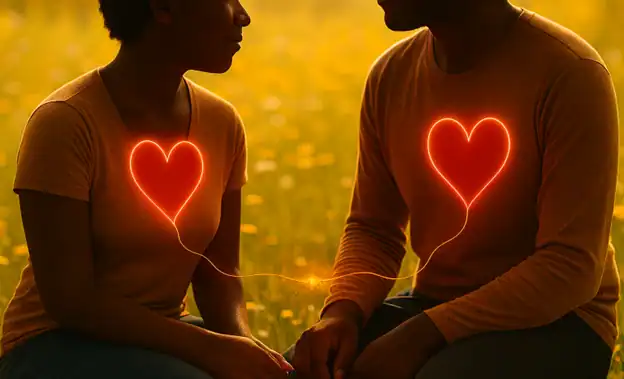
Rewriting the Story of Connection
Attachment is more than theory; it is the essence of being human, the invisible thread weaving through our biology, emotions, and relationships. Every child begins life seeking safety in connection, and every adult carries echoes of how that need was met.
The beauty is that attachment is fluid and rewritable. The brain’s plasticity allows new experiences of safety and trust to reshape our relational world. Healing begins with compassion toward ourselves, our children, and our own histories.
Each act of empathy, each moment of presence, becomes a small repair in the fabric of connection. Because when we heal attachment, we don’t just change individual lives, we transform the emotional inheritance of generations.
Thank you for reading and for your heartfelt support and interest.
May love lead you gently back home to yourself.
With grace and gratitude,
Lux Hettiyadura
Directress, Child/Adolescent Development & Parenting Coach Education – Ignite Global
If This Resonated With You…
🌱Join my free monthly Attachment Healing Circle, a safe, supportive space to heal your attachment system through secure, nurturing connections. Join here.
🎥 Keep Learning – Watch related videos on my YouTube channel where I break down attachment science into everyday language and share tools you can use right away.
📚Read More – If you’d like to explore this topic further, I invite you to read my earlier article, Why You Keep Choosing Unavailable Partners: The Truth About Anxious Attachment. Read here.
💌 Join the Conversation – Subscribe to my newsletter, Strings Attached, to receive regular insights, stories, and resources on attachment, relationships, and healing.
🤝 Share the Love – If this article touched you, share it with someone who may need these words today. Sometimes, the smallest act of passing on knowledge can create the biggest ripple in someone’s healing journey.
🌿 Stay Connected – Healing is not meant to be done alone. By staying connected, you’re creating a community of awareness, compassion, and growth.
References
Ainsworth, M.D.S., Blehar, M.C., Waters, E. and Wall, S., 1978. Patterns of Attachment: A Psychological Study of the Strange Situation. Hillsdale, NJ: Lawrence Erlbaum Associates.
Bowlby, J., 1969. Attachment and Loss: Vol. 1. Attachment. New York: Basic Books.
Bowlby, J., 1988. A Secure Base: Parent-Child Attachment and Healthy Human Development. London: Routledge.
Porges, S.W., 2011. The Polyvagal Theory: Neurophysiological Foundations of Emotions, Attachment, Communication, and Self-Regulation. New York: W.W. Norton & Company.
Schore, A.N., 2001. ‘Effects of a secure attachment relationship on right brain development, affect regulation, and infant mental health’, Infant Mental Health Journal, 22(1-2), pp. 7–66.
Schore, A.N., 2012. The Science of the Art of Psychotherapy. New York: W.W. Norton & Company.
Siegel, D.J., 2012. The Developing Mind: How Relationships and the Brain Interact to Shape Who We Are. 2nd ed. New York: Guilford Press.
Siegel, D.J. and Bryson, T.P., 2011. The Whole-Brain Child: 12 Revolutionary Strategies to Nurture Your Child’s Developing Mind. New York: Bantam Books.
Perry, B.D. and Szalavitz, M., 2006. The Boy Who Was Raised as a Dog: What Traumatized Children Can Teach Us About Loss, Love, and Healing. New York: Basic Books.
Sroufe, L.A., Egeland, B., Carlson, E.A. and Collins, W.A., 2005. The Development of the Person: The Minnesota Study of Risk and Adaptation from Birth to Adulthood. New York: Guilford Press.
Thompson, R.A., 2016. ‘Early attachment and later development: Familiar questions, new answers’, Journal of Child Psychology and Psychiatry, 57(3), pp. 231–242.
National Scientific Council on the Developing Child, 2004. Young Children Develop in an Environment of Relationships: Working Paper No. 1. Harvard University Center on the Developing Child. Available at: https://developingchild.harvard.edu [Accessed 15 October 2025].

